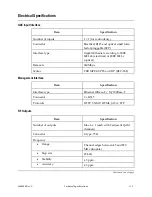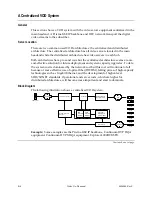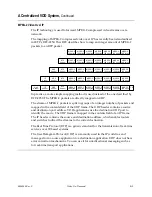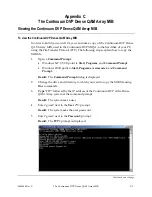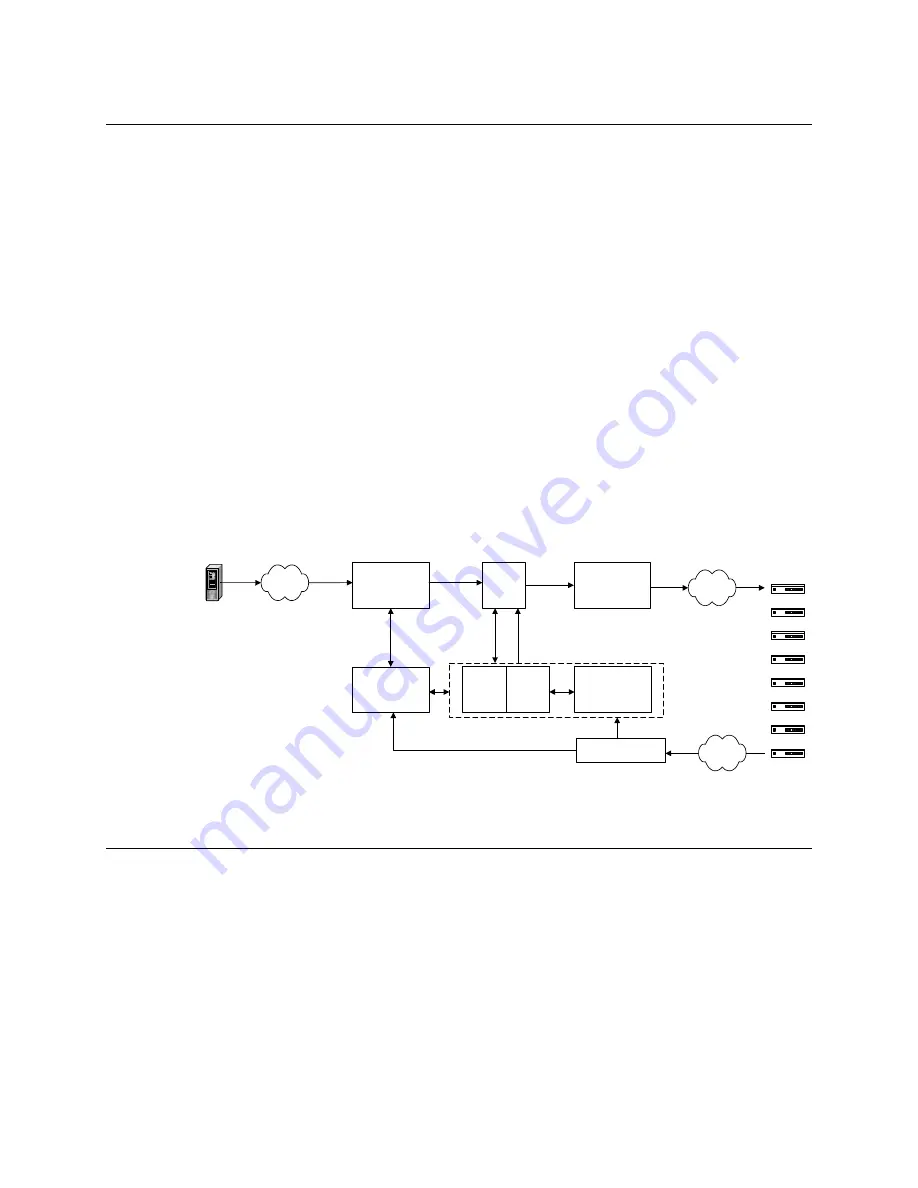
A Centralized VOD System
General
This section shows a VOD system with the video server equipment centralized in the
main headend. A Prisma GbE IP backbone and HFC network transport the digital
video streams to the subscriber.
Server Location
There are two common used VOD architectures: the centralized and distributed
architecture. The centralized architecture has all video servers located in the main
headend while the distributed architecture has video servers in each hub.
Both architectures have pros and cons but the centralized architecture seems a more
cost-effective solution for future deployment and system capacity upgrades. To date,
the system cost is dominated by the network cost but this cost will continue to fall
because of more effective use of optical fiber (DWDM), falling prices of high-capacity
technologies such as Gigabit Ethernet, and the development of higher-level
SDH/SONET standards. Operational and server costs, which are higher for
distributed architectures, will become more important and start to dominate.
Block Diagram
The following illustration shows a centralized VOD system.
Video server
Scrambler
QAM modulation
RF upconversion
IP to ASI converter
Subscriber
Management
System (SMS)
EMM
Generator
(EMMG)
ECM
Generator
(ECMG)
System Resource
Manager
INA or CMTS
IP backbone
HFC
STB
STB
STB
STB
STB
STB
STB
STB
Return path
Example:
Some examples are the Prisma GbE IP backbone, Continuum DVP DQA
equipment, Continuum DVP XDQA equipment, Explorer 4000DVB STB.
Continued on next page
B-4
Video On Demand
4004949 Rev C
Summary of Contents for Continuum DVP eXtra Dense QAM Array
Page 1: ...Continuum DVP eXtra Dense QAM Array System Guide...
Page 3: ...Continuum DVP eXtra Dense QAM Array System Guide...
Page 18: ...xvi 4004949 Rev C...
Page 20: ......
Page 36: ......
Page 38: ...2 2 Installation 4004949 Rev C...
Page 68: ......
Page 80: ......
Page 86: ......
Page 88: ......
Page 94: ......
Page 100: ......
Page 106: ......
Page 110: ......
Page 111: ......








